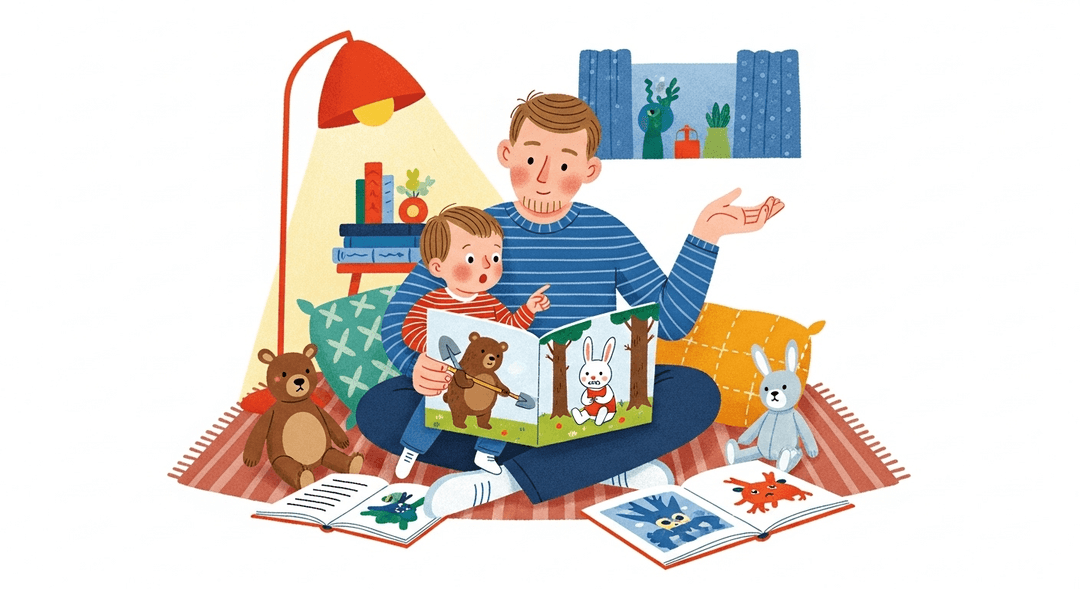Read Books About Friendship and Social Situations
Ever wonder if your kid’s future roommate will be a saint or if you’re raising the next playground drama king? Welcome to the world of book-based social bootcamp, where you get to read about animal friendships gone sideways and then try to explain why Bear didn’t share the shovel. If you’ve ever found yourself pausing mid-story to untangle a bunny’s emotional meltdown, this is your jam. Bonus: you get to pretend you’re a wise owl, even if you’re just winging it.
Talking about characters’ feelings and choices helps kids build empathy, emotional vocabulary, and those all-important perspective-taking skills (the ones that, theoretically, stop them from biting their cousin). For parents, it’s a chance to flex your emotional intelligence muscles and maybe even learn something about your own conflict style. Neural bonus: stories activate the brain’s social circuits, making it easier for kids to connect dots between fiction and real life.
How to do it
Choose a book that features characters who interact with each other (avoid books that simply count objects or items).
As you read together, follow these steps:
-
Pause occasionally to ask open-ended questions, such as:
- "How do you think Turtle feels right now?"
- "What could they do differently?"
-
Keep the conversation light and casual—there's no need to turn it into a full therapy session.
-
Share your own thoughts and experiences to model openness. For example:
- "Wow, I remember feeling left out at recess once."
-
If your child’s attention drifts, don’t worry. Go with the flow. Even a brief comment about sharing or feelings can plant a seed for future conversations.
Tips:
- Focus on books with character interactions.
- Use open-ended questions to encourage thinking and empathy.
- Share your own feelings to build trust.
- Don’t force long discussions—short, simple comments are valuable.
